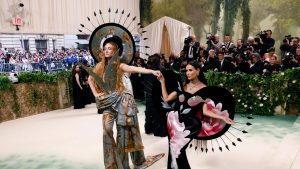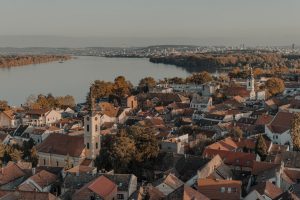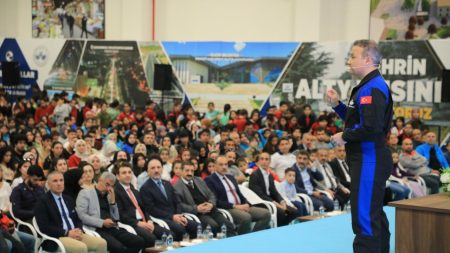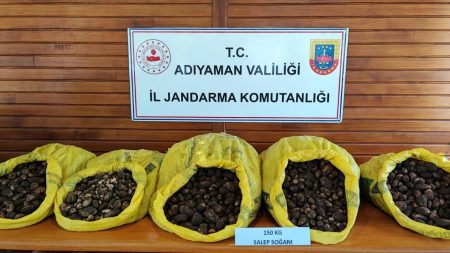In recent news, various events have taken place around the world. From colorful scenes at the ballot boxes, where people dressed as kings and astronauts were seen casting their votes, to police officers on horseback chasing down thieves, the headlines have been filled with interesting stories. In Turkey, a national Muay Thai athlete was spotted voting in an astronaut costume, adding a touch of humor to the election process. Meanwhile, in Italy, a ski resort was the site of a terrifying incident on a ski lift, causing panic among the visitors. And in Diyarbakir, ballot papers were transported by a military helicopter, showcasing the importance of security during the election period.
As the news continues, natural disasters have also made headlines. The history of devastating earthquakes in the Marmara region has been revisited, highlighting the vulnerability of the area to seismic activities. In the past three months alone, Turkey has experienced a total of 9,355 earthquakes, underscoring the need for preparedness and resilience in the face of such disasters. In Kyrgyzstan, a state of emergency was declared due to violent winds, posing a threat to public safety. These events serve as a reminder of the unpredictable nature of natural disasters and the importance of proactive measures to mitigate their impact.
On a more positive note, technological advancements have been making waves in Turkey. The second prototype of the Bayraktar TB3 drone successfully completed another test, showcasing the country’s progress in the field of unmanned aerial vehicles. Additionally, seeds that have traveled to space were planted in Konya, marking a significant milestone in space exploration and agricultural research. In line with efforts to promote sustainability, the International Zero Waste Day was celebrated, emphasizing the importance of reducing waste for a cleaner environment. These developments highlight Turkey’s commitment to innovation and environmental stewardship.
In the realm of politics, President Erdogan has expressed confidence in the Roma community’s participation in the elections, stating that they will respond with the most beautiful answer at the ballot box. Communication Director Altun also reiterated Turkey’s support for Palestine, emphasizing the historical and cultural ties between the two nations. Meanwhile, in Jerusalem, 150,000 people gathered at the Al-Aqsa Mosque to perform the Tarawih prayers during Ramadan, underscoring the significance of the holy site to Muslims around the world. These political and cultural events demonstrate the importance of unity and solidarity in the face of global challenges.
As the world continues to witness a mix of events, from lighthearted moments to serious issues, one question remains: can the sound of the universe be heard? This philosophical inquiry touches upon the mysteries of the cosmos and our quest to understand the unknown. In the midst of elections, natural disasters, technological advancements, and cultural celebrations, this question serves as a reminder of the endless possibilities that lie beyond our current understanding. As we navigate through the complexities of life, one thing is certain – the world is full of surprises, waiting to be explored and understood.
















